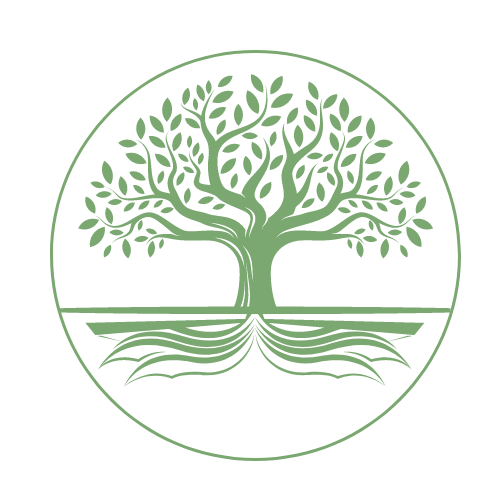With Hop tu Naa just around the corner and the spookiness of Halloween soon to be celebrated in many parts of the world, join me in taking a look at how the raven has gained a reputation as being supernatural and its links with Manx culture.

The Raven
Ravens (Corvus corax) are birds that nest on cliffs and large trees in the north and west of the UK and on the Isle of Man. They are known as Feeagh or Feeagh Vooar in the Manx language and are the largest species of crow in Europe. Find out more about the raven here.
Manx Coat of Arms
The raven is featured on the Isle of Man coat of arms, supporting the red shield which bears the three legs symbol. A peregrine falcon is supporting the shield on the other side. Both birds are symbolically associated with the Isle of Man, the raven being a reference to the Island’s Viking history. Both the raven and peregrine falcon are featured on the one pound coin from the 2017 currency set which can be seen here.

The Viking Influence
The Vikings, or Norsemen, arrived in the Isle of Man around the 8th century. The Island’s strategic location between Ireland, Scotland, and England made it an attractive destination for these seafaring explorers. With their longships and navigational expertise, the Vikings made their presence known, establishing settlements along the coast. One of the most notable Viking settlements on the Isle of Man was Tynwald, the Island’s parliament and administrative centre. Tynwald’s name itself is derived from the Old Norse word “Thingvöllr,” which means “assembly field” – a testament to the Viking legacy of the Isle of Man.
The Viking influence on the Isle of Man extends beyond the physical landscape. The Manx language, bears the unmistakable imprint of Old Norse. Many place names on the island, such as Laxey, Ramsey, and Peel, have their origins in the Viking language, a living testament to the Viking heritage in the region.
With the Viking connection being so strong on the Isle of Man, it’s little wonder that ravens have featured in Manx culture. Ravens are linked with Odin, one of the principle Norse gods, who is often depicted with two raven companions: Huginn and Muninn. These names roughly translate to “thought” and “memory,” reflecting the attributes these birds represent. Odin sent them out into the world every day to gather information and knowledge, and they would return at night to share their findings with him.
The use of ravens as symbols in Norse mythology extends beyond Odin’s raven companions. The importance of ravens in Norse culture is also reflected in the symbolic use of ravens on banners, as totems, and in storytelling. Ravens were seen as creatures that bridged the gap between life and death, acting as omens and guides for those who could decipher their messages.
Ravens made their way onto items such as Thorwald’s Cross, a stone cross carved around 940AD, to be found in Kirk Andreas church and into place names such as Glion Feeagh (Raven’s Glen), Cronk y Feeagh (The Hill of the Raven) and Ravensdale (near Ballaugh). The replica Viking longship, Odin’s Raven, was famously sailed by a crew of Manx and Norwegian volunteers from Norway to Peel in 1979 in celebration of Tynwald’s millenium year. The ship can be viewed at the House of Manannan and more can be read about the 1979 voyage here.
Ravens and the Local Population
Ravens have been featured in local Manx newspapers many times over the years, as a search in the iMuseum newspapers archive proves. A 1927 article from the Peel City Guardian (July 31st) described them as being more plentiful on the Isle of Man than in other part of the British Isles. The article also remarked on a local man who hand-reared a Raven and kept it as a pet, but as the cage required to house such a large bird would need to be the size of an average living room, it did not recommend others to follow suit! Another article from 1901 in the Isle of Man Times and General Advertiser (October 19th) was written by the owner of three pet ravens, but he admitted his ‘abject obedience to that devil of a bird’, claiming that a raven ‘will drive away a cat and frighten a dog by sheer bluff and moral superiority. The house and garden you put him in are henceforth his, and, though you may go to the seaside for a month, he will not desert his residence – he minds the premises for all that time, and croaks a welcome protest from the trees on your return.’


Leave a Reply